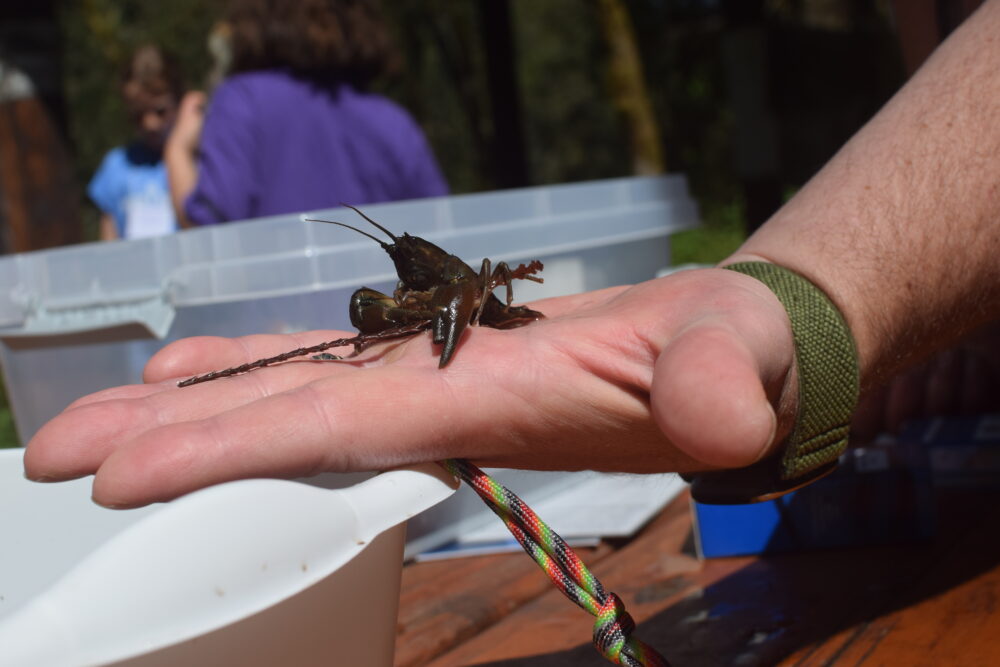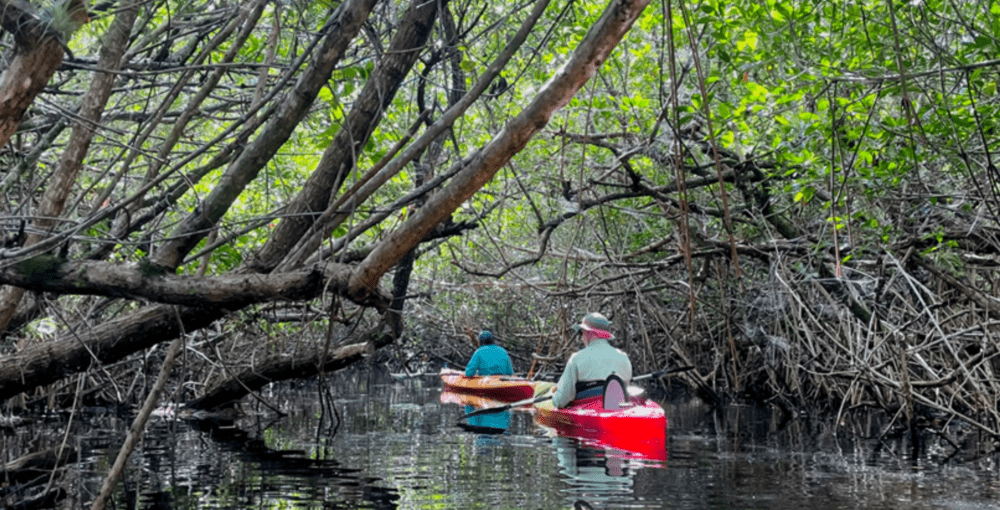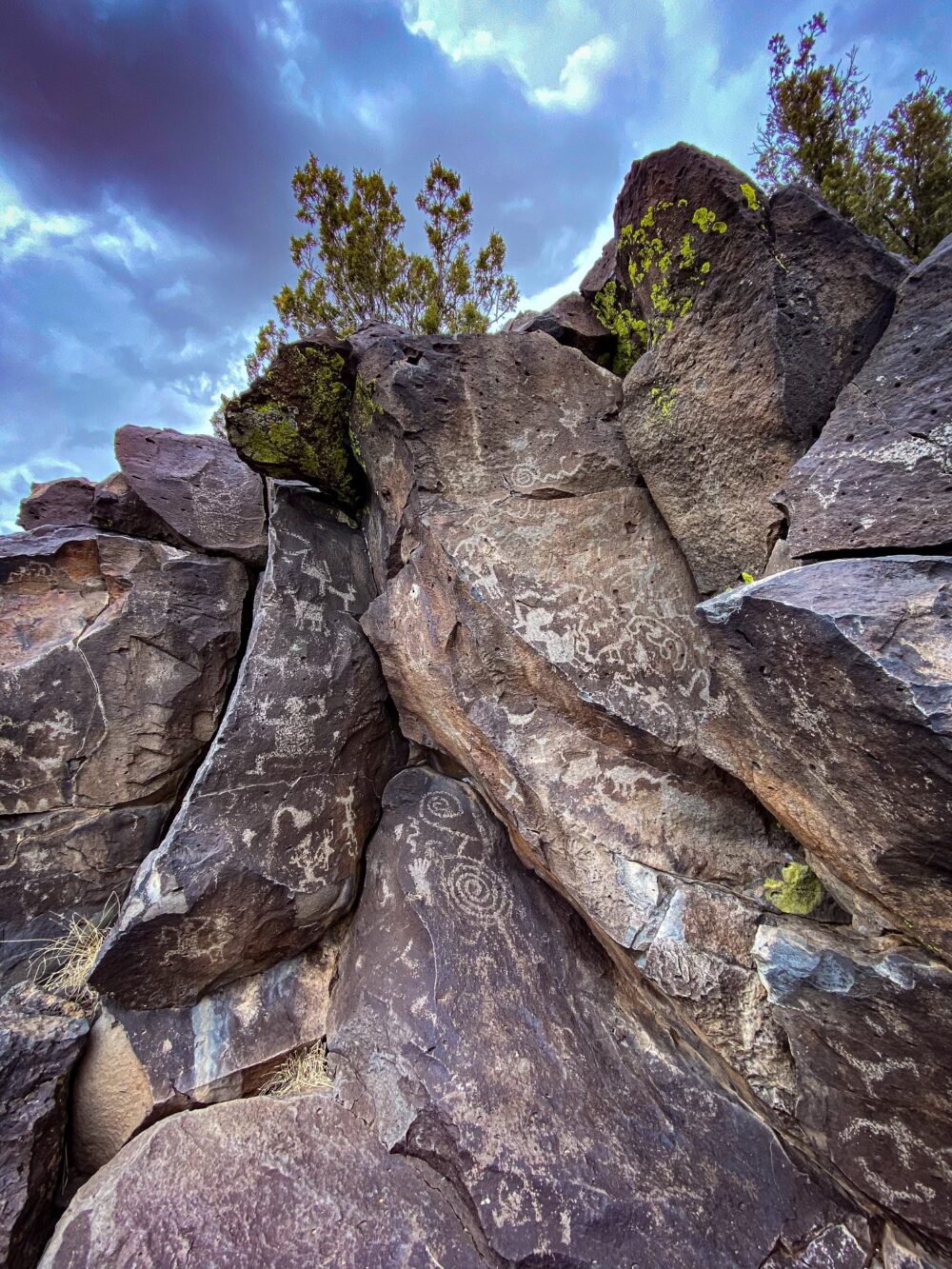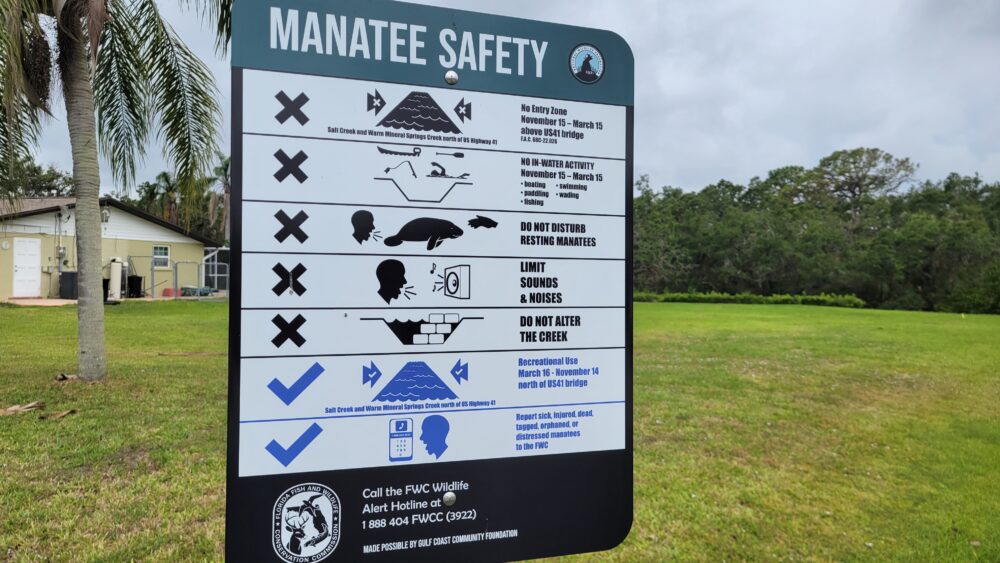We have much more to do and your continued support is needed now more than ever.
Deep Energy Infrastructure at UC-Irvine
Unchallenged assumptions took a beating in a session from Wendell Brase of UC-Irvine at today’s Smart and Sustainable Campuses conference.
Focusing on labs and IT facilities, which often have 24/7 loads and are the fastest growing consumer of energy, Brase described data center equipment used at his campus that is designed by its manufacturers to run normally at temperatures in excess of 85 degrees, but until recently was kept in a room air conditioned to 68 degrees, which requires more energy.
“No one thought that we could do it differently than the way we always had, but it says right there in the manuals that you can safely operate the equipment this way,” said Brase. “The way to make these labs less of a burden on our carbon footprint is to make them smarter. They’re hungry, but they can be managed a lot better than we’re doing. Unfortunately, sometimes we’re still making choices based on assumptions from 1965.”
The Department of Energy estimates the growth of energy consumption from labs and IT centers at 15% per year across the country, though Brase notes the number is probably higher at a university, particularly a research institution. To compensate, UC schools have been changing their desktop power settings, closing fume hoods to save energy, consolidating equipment, and experimenting with virtualized desktops.
“We’re interested in what’s called deep energy infrastructure projects. We’re not doing a project right now unless we can save 50% of our carbon emissions,” said Brase. “We’ll get back to the 10% or 15% projects eventually, but right now it’s a matter of speed, scope and scale.”
We’re blogging the Smart and Sustainable Campuses Conference at University of Maryland today and tomorrow. If you were in any of the sessions, share your notes in the comments.




















